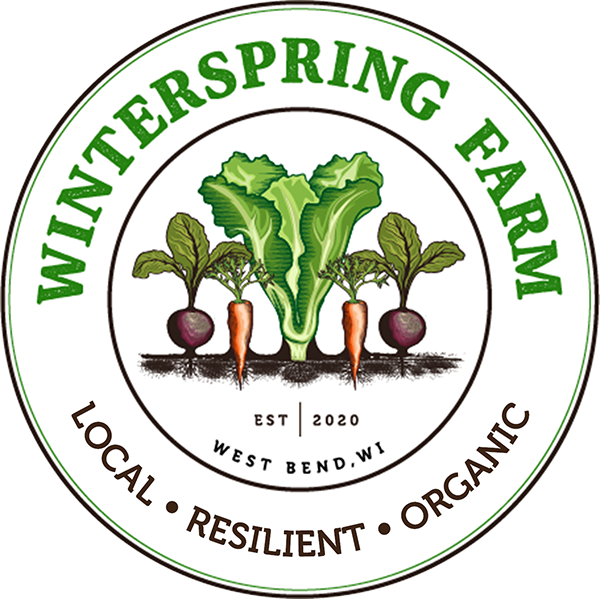Arugula
Culinary Use, Storage, and Benefits
Vegetable Profile: Arugula ( Eruca vesicaria)
Description
Arugula is a member of the mustard, or cabbage familiy, Brassicaceae. It has a peppery, pungent taste similar to radish, but with a nutty finish. This is a challenging crop to grow organically due to its popularity with a common Brassica pest, flea beetles, which make tiny holes in the leaves. However, what that means is that if you aren’t buying it organic, it’s often heavily treated with pesticides. It has edible flowers, which we recommend eating if you grow it in the garden.
Nutrition
A warming digestive tonic, this plant is also an excellent source of vitamin C when eaten raw. It’s high in folic acid, omega 3 and 6 fatty acids, calcium, magnesium, manganese, riboflavin, potassium, copper, and iron. A nutritional powerhouse!
Storage
Our arugula comes in a bag that can be stored in the fridge as-is and should be used within 3-4 days.
Use
Arugula’s distinctive taste pairs well with a variety of flavors, from sweet, sour, salty, or creamy. Use fresh in a fall or spring salad, or wilt with butter and garlic.

